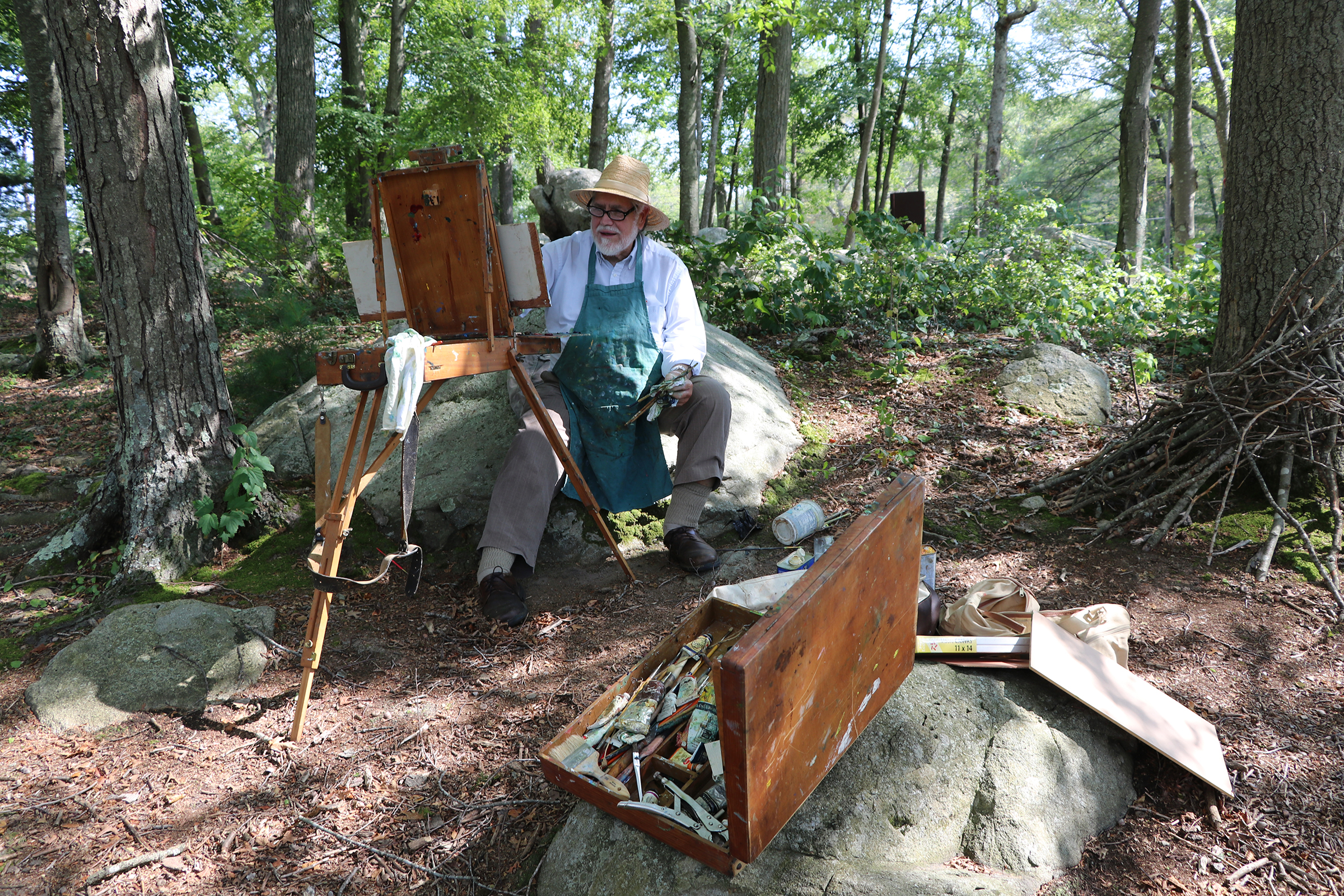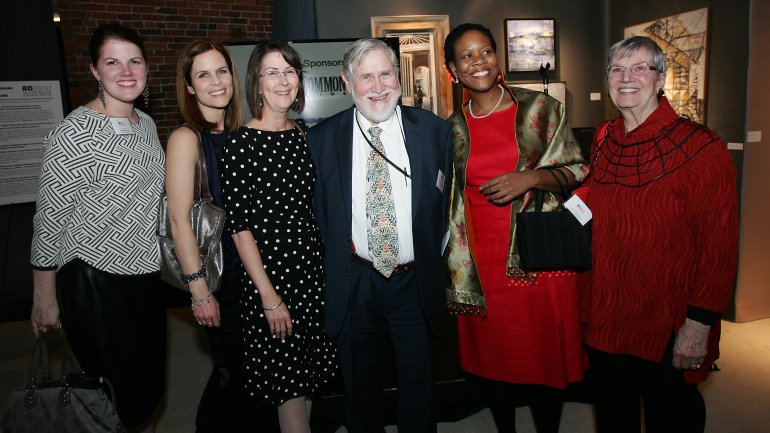Jonathan Fairbanks Retires – Again
In 2012, the Fuller Craft Museum, in the none-too-prosperous former shoe manufacturing city of Brockton, Massachusetts, was on the verge of bankruptcy. The small board of trustees was not expected to give any particular amount of money, and some gave nothing at all. The museum had to let go of numerous staff, including the development department. It doesn’t take a degree in museum studies to know that letting the development department walk out the door is not a recipe for fiscal success. The place was a financial mess.
Enter Jonathan Leo Fairbanks. Then in his late 70s, Fairbanks was enjoying a well-earned retirement after a distinguished career at the Museum of Fine Arts, Boston, where he served as curator of American decorative arts and sculpture from 1971 to 1999; he basically founded the department. He’d begun his career as a curatorial assistant at the Henry Francis du Pont Winterthur Museum in Delaware for a decade, in charge of its conservation department. What enticed him to move to Boston was the chance to live near his family’s roots: 11 generations of the Fairbanks clan have lived in Dedham, south of Boston, in a house that is now open to the public. From the beginning, the family was involved with craft: The first Jonathan Fairbanks kept a lathe in the Dedham house’s basement.
At the MFA, “I was very successful at fundraising,” Fairbanks says. Among his numerous achievements there was the “Please Be Seated” program, which consists of chairs and benches by top furniture makers including Sam Maloof, Wendell Castle, and Tage Frid, along with younger figures in the field. The public is invited to sit in the collection and rest museum-weary feet; no velvet ropes separate visitors from seating. Fairbanks grew particularly close to Maloof, whom he met at a conference in the 1960s. “When I needed seating for the museum, he sent 14 pieces of furniture for a mere $10,000,” he recalls. (A single Maloof rocker sold a few years ago for more than $80,000.)
At age 79, “I heard that the Fuller was having hard fiscal times. I volunteered to work there for a highly reduced salary,” he says. “Now they’re back on track with a vigorous young staff. Now they don’t need me around anymore.” So Fairbanks has retired again.
“The museum is on an even economic keel now,” Fairbanks says. Still, he hopes for continued progress among board members and other supporters. The current chairman of the board, George McMillan, a pharmaceuticals executive, joined partly because his son, Michael, was already a curator there. “Jonathan really gets the credit for saving the museum,” George McMillan says. “He came out of retirement to bring the museum back to prosperity.” McMillan is proud that the Fuller mounts 12 to 15 shows a year, “as many as the next three [American] craft museums combined. And according to acting director Denise Lebica, trustees are now expected to give a minimum of $3,500 a year.
The Fuller is relatively out of the way, about a 45-minute drive south of Boston. It draws only about 17,000 or 18,000 visitors a year. Its gift shop is in a cluttered corner, and its café is open only for special, catered events. What it does have is a gorgeous woodland setting by a pond and a beautiful building designed by Boston architects J. Timothy Anderson & Associates, inspired by Denmark’s Louisiana Museum of Modern Art. Covered in wooden shingles and hugging the ground, it is filled with natural light. Inside and out, it’s a delightful setting for both large and small exhibitions in virtually all craft mediums.
Recently, artist Derek Diedrickson’s “Tiny Houses” exhibition celebrated the smallest of living spaces, making larger ones seem superfluous. Then there was “Toothpick World: From Sliver to Skyline,” Stan Munro’s universe made entirely of toothpicks and Elmer’s Glue.
Boston ceramic artist Linda Huey offered a different world view in “Dark Garden,” a clay and rebar installation that was looming, sooty colored “plants” that seemed threatening, concerned for the natural world and its possible demise. Huey, whose show had been postponed during the Fuller’s troubles, recalls that once Jonathan took charge, “things settled down. He was a joy to work with. He was gracious, respectful, and appreciative of artists and their artistic process.”
Dale Broholm, an important studio furniture artist who has shown at the Fuller several times, says that “Jonathan is a visionary in the fields of American decorative arts and American crafts. Those of us working in our disciplines would not be where we are without his efforts, energy, and knowledge.”
“I joined the board in support of Jonathan,” McMillan says. Fairbanks has shown nationally and internationally recognized exhibitions, giving the Fuller a public profile it had always lacked. “It’s made miraculous progress,” the board chairman says.
And Fairbanks? What will he now do in his second retirement? He began as a painter, creating very large works, some of which live in the basement of his barn. “Now,” he says, “I’m going back to plein air painting.”

